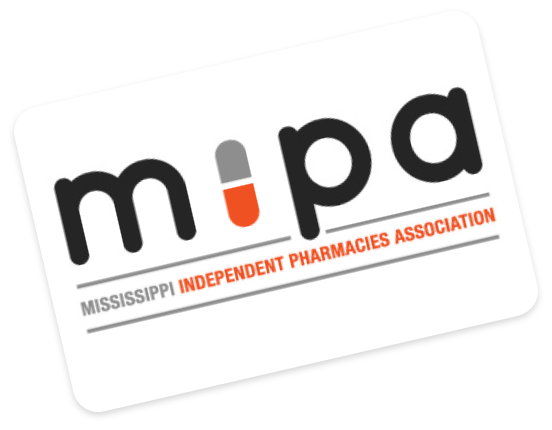PBM Model & Facts
What Consumers Need to Know:
There is an explanation why consumers are not seeing savings on their prescription drugs. M.I.P.A. is spreading awareness on the tactics a Pharmacy Benefit Manager uses to conceal these savings from consumers and pharmacies.
Thank you for your patience as we continue to build our new website.

